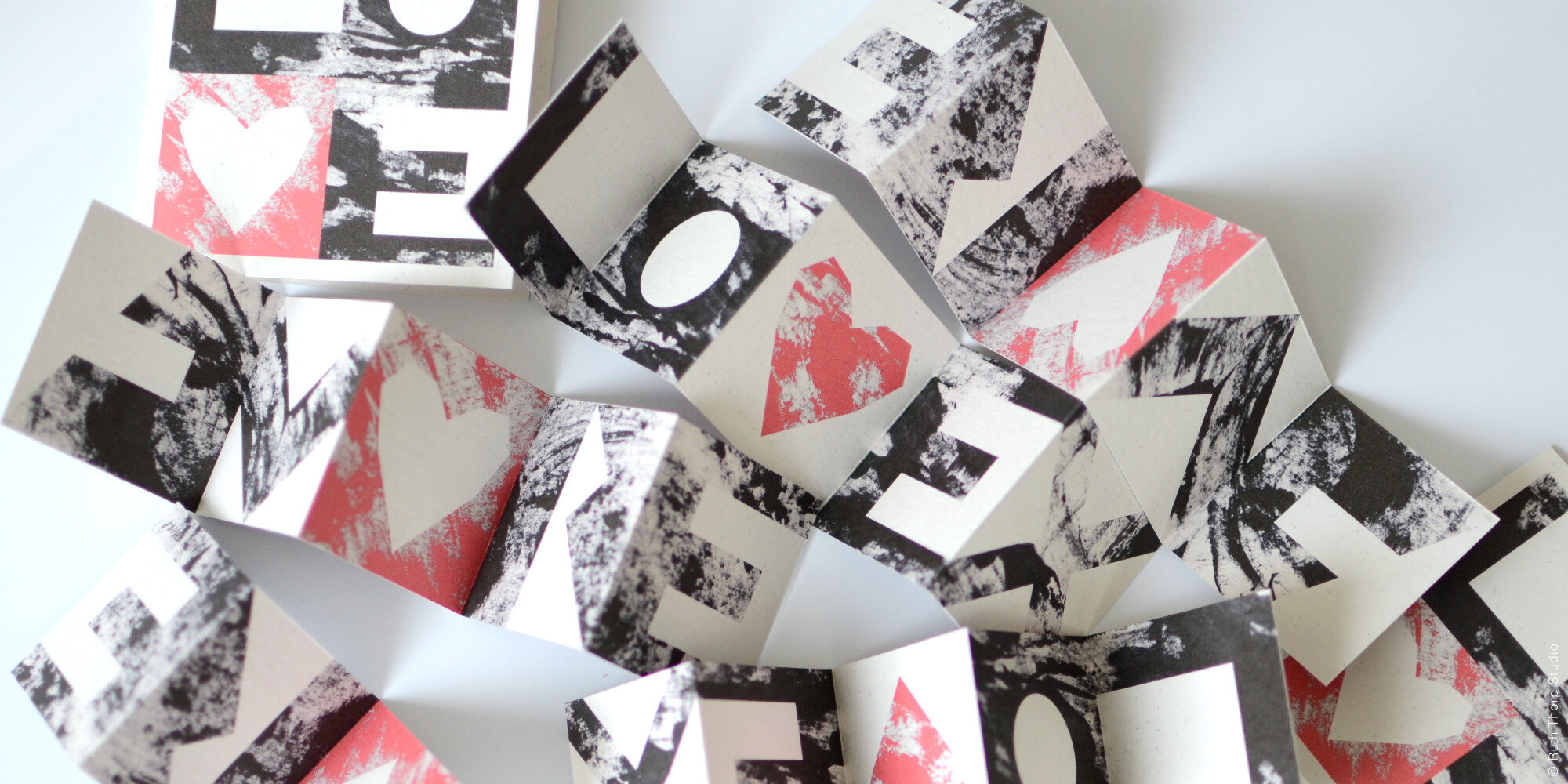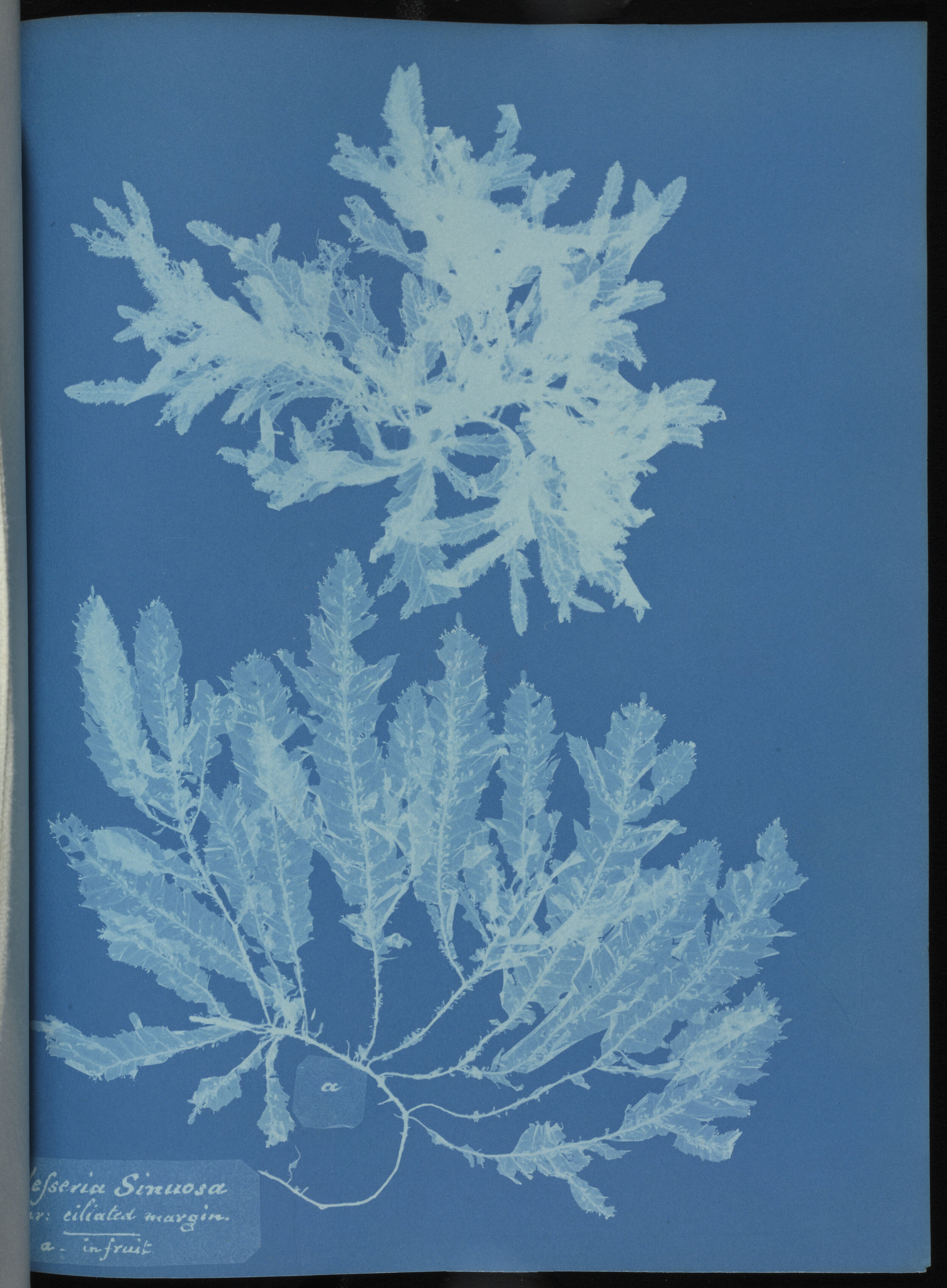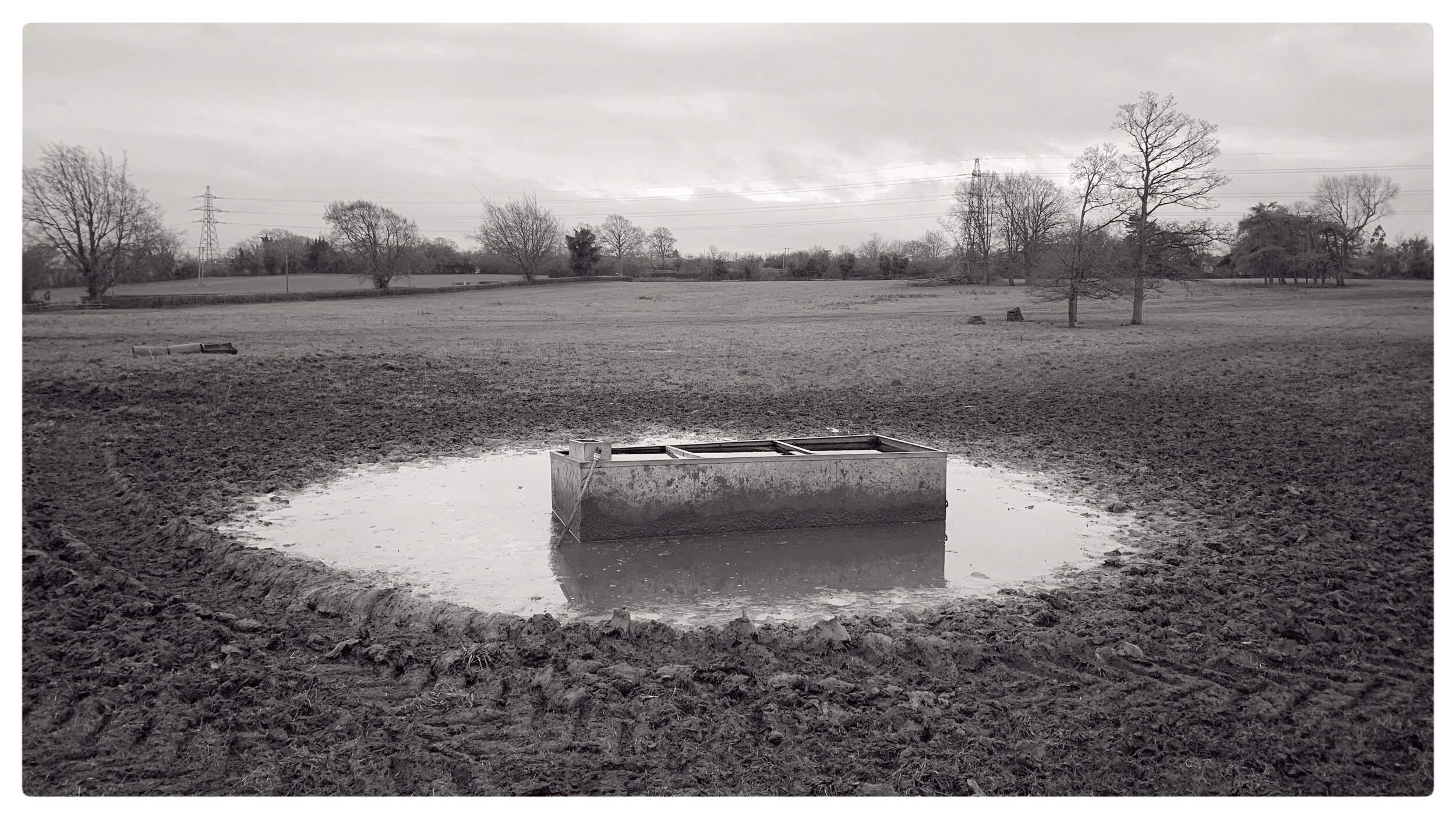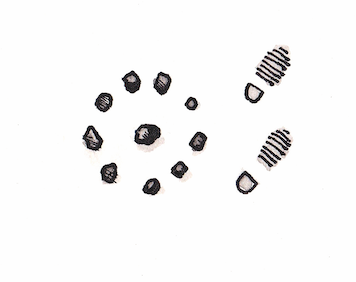For issue 10 of Ernest Journal, we asked Ruth Thorp to illustrate our ‘Milk of Deer’ feature by Nick Hunt, which explores the reintroduction of reindeer to the Scottish Highlands. Ruth invites us into her Bath home and studio to tell us how lockdown has affected her creativity, and to share some insights for optimising her work and home space
Illustrated by Ruth Thorp
Ruth, you created these gorgeous illustrations for our 'Milk of Deer' feature in issue 10. Take us through your process.
I approach editorial commissions in much the same way I do my personal illustration collections, although of course the biggest difference is having a specific brief and piece of text to respond to. I don’t like to get too bogged down in details when responding to written work – find this can limit my creativity. I often find I have an immediate visual response for the feel and tone after the first reading, and I like to capture this before setting out the specifics. As this article featured the Cairngorms, a place I’ve not visited, I collated some visual research of the area to refer back to.
For the majority of my work I start with colour, and this was no exception. The colours of the Cairngorms are pretty spectacular, particularly when you zoom in on the lichen and stone, and the golden autumn hues of the forests, and so I used these grey-blues, golden and fiery oranges to create my colour palette.
I then set about plotting and drawing some basic shapes and composition for each of the three illustrations, which I worked on concurrently throughout the process. Once happy with the basic form, I then turned to pen and paper to draw the tree shapes and foliage. At this stage I’ll fill pages and pages with black pen drawings and then scan these in and convert them into vector objects so I can colour, compose, combine and edit them digitally. My work is always a mixture of these hand-drawn and digital elements. I tend to draw the more natural, free-form elements, such as the trees and foliage, by hand and the more precise work, such as the landforms, boat and animals, digitally.
I also combine these with photographic textures I have taken, such as slate walls or stone paving, which adds depth, variation and interest to the flat-colour work.
How would you describe yourself as an artist?
Ooh this is tricky! I guess I’m a digital illustrator and designer with a love for colour and bold graphics, who is inspired by the natural world, incredible landscapes and a sense of adventure.
What have been the highlights of your illustrating career so far?
Well actually, being asked to illustrate for Ernest twice has been pretty cool. It’s such an honour to be asked by any publication to produce work for them, and I’ve had a number of front covers, which is particularly exciting and a bit surreal when you see your artwork on display in the magazine racks of shops.
Other highlights include illustrating a number of books, including those written by my dad, which subsequently formed the basis of a collaborative poetry and illustration exhibition shown at Oriel y Parc in St Davids, Pembrokeshire. It was wonderful to work on a much bigger scale for this and design specifically for the beautiful circular tower room with its impressive conical roof. I also recently created album artwork for a wonderful musician called Jenny Biddle. It was really good fun and it still makes me smile to I see my cover art pop up on Spotify!
I think the biggest highlight, though, has been building my own brand and product line, which I sell both online and across the country in over 50 fantastic independent shops and galleries. It’s lovely to know that my work helps support these wonderful businesses and that it is being enjoyed in people’s homes and workplaces, or being shared with friends and family. It’s always such a boost to hear wonderful feedback from happy customers, and I love forming friendships with my stockists who’ve encouraged me and helped my business thrive over the years.
Are there any other exciting projects you're working on?
I don’t have a lot of projects on the go currently - lockdown has sapped my creativity and I’ve also been distracted by keeping up with what’s been a really busy online sales period during the pandemic. I do have a few projects in the background that have been sitting idle for a while - including a new book with my dad (sorry Dad, I’ll get there at some point) - and a short illustrated story I’m hoping to make into a zine. I’m hoping I’ll find the energy and inspiration to get back to these really soon as well as create a new collection, which is long overdue. I did create a little folded book last month, which has been really well received, so I might try to do more of those as they’re small and manageable, while I find my creative mojo again!
Where do you turn for inspiration, particularly when you're in a creative lull?
Normally I would take myself off to the Pembrokeshire coast where my mum and dad live, but obviously that hasn’t been possible recently. Beach walks and spa breaks normally help to get my creative juices flowing and I can’t wait til this is a possibility again. I would say that I’m definitely in need of a break and change of scenery! I’ve experienced a creative lull for the last year and have really only been able to focus on, and complete, much smaller projects. I’ve had a few ideas, but they haven’t really gone anywhere yet so only time will tell as to whether any of these ideas take hold.
I’m always surprised when inspiration strikes though. In the past it has come from specific briefs; pieces of writing and poetry; flicking through coffee table books and watching my niece. Quite a few of my collections have been sparked by a single word or theme given to me by a gallery for an upcoming exhibition. I also get a lot of inspiration from my family – we are all creative and have lots of projects on the go.
What have you taken away from this past year?
I guess, like everyone, it has been a mixed bag of positives and negatives. On the plus side, I’m lucky that business has really flourished since the start of the pandemic, probably largely down to people turning to online shopping, and this has been a massive help in keeping me busy and distracted throughout. Of course, missing family is probably the hardest part and I have struggled at times with my anxiety as well as missing my dancing and exercise classes a lot.
But on the whole, being a natural introvert and a home-bod has meant that the lockdown suits me quite well and hasn’t affected my everyday life all that much. I already worked from home for myself so I think this has been a major factor in being able to cope with that aspect well. We are also very lucky to have a beautiful space to live and work in after completely renovating it over the last few years and which we had nearly finished before the first lockdown: it certainly would have been a different experience had we been in the chaos of the earlier stage of our renovations!
Tell us about your work space - how does it reflect you?
My partner and I have backgrounds in architecture, so interior and product design is a shared passion for both of us. We’ve spent the last three years (on and off) completely redesigning and renovating our Georgian townhouse apartment in the centre of Bath. We both now work for ourselves from home as illustrators and designers so the whole apartment transitions between computer work; messy printmaking space; product making and packing station; photo studio; exercise area and chill-out space daily.
We use the whole space all day long so we’ve designed it to be free-flowing and versatile. We’ve also had to be quite clever creating storage and work areas for all situations, and so that everything can be tidied away easily at the end of the day. Luke has incredible carpentry skills and we rent a workshop space across town, so we’ve built every piece of furniture and joinery ourselves, including the kitchen, so it’s been pretty chaotic (and very dusty!) at times. But, I’m happy to say the renovations are now complete, there’s no more dust and no more hauling extremely heavy building materials across town and up four flights of stairs. It’s now truly the most beautiful and energising space to work and live in. It has lovely high ceilings and large shuttered windows so feels light and airy, and it has a real Scandi minimalist vibe with white walls, warm white washed pine with grey and black accents and an ever growing collection of plants, which I try my hardest to keep alive! I feel incredibly privileged and lucky to have had such a beautiful space to live and work in through lockdown and it has certainly helped to keep my spirits lifted.
We do have a large table for design work, but Luke uses it more than me so I usually transition pretty quickly to the sofa with my laptop! I actually spend most of my day making products and packing up orders, so on the opposite side of the room we’ve made a sideboard unit with large drawers and a high worktop for my workstation. It turns into complete chaos while I’m working but it always tidies away really quickly and we manage to squirrel away a lot of materials in various storage spaces. Even my printer is tucked away in a cupboard so it’s hidden when I’m not using it. My mum always says that you should keep your corners clear and your working surfaces empty, so I think that’s ingrained in me. We do have a number of gallery shelves, though, which act as rolling inspiration spaces, with collections of art, ephemera, covetable objects and magazines we’ve picked up. It’s lovely to add colour and mood to the flat in way that’s ever changing and adaptable.
The light in the flat is magical all day long and I’m enamoured by how it it changes all year. I’ve always been affected by internal environments and am a massive home-bird so the space definitely reflects my love for light, sophisticated design and cosy homely vibes.
What’s on your bedside table?
Well, my bed is very low, so I don’t have a table as such, but I always keep my Kindle close - I can’t get to sleep without reading before bed. I also have a lavender eye pillow in reaching distance for ultimate relaxation!




























